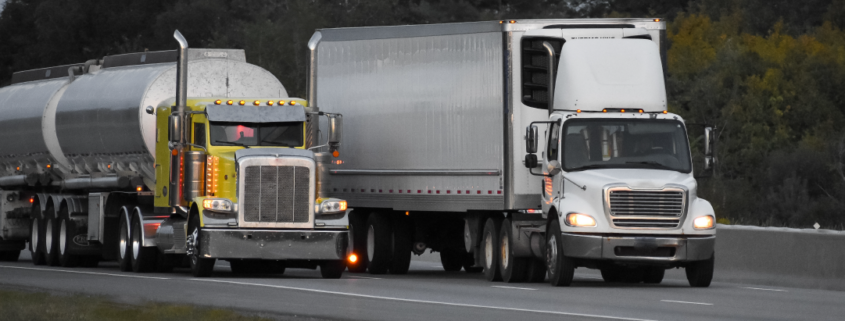The business impact of off-route fleet refueling
Visiting the gas station is a routine duty for drivers in charge of fleets. Fleet operations vary in their refueling frequency, with some requiring daily stops while others make only a few weekly visits. The distance to the gas station also differs, with some drivers having to travel significant distances off their planned routes while others have the convenience of a station just a short distance away.
As fuel prices continue to climb, it’s more crucial than ever to grasp the significance of fuel’s influence on your fleet’s financial performance. Every visit to the fueling station consumes time for the journey, payment, refueling, and return to the intended route.
To gain a more comprehensive understanding of the financial implications of off-route fleet refueling for businesses, Geotab conducted an extensive analysis using connected vehicle data from fleets operating in significant U.S. markets. The goal was to offer valuable cost-related insights that can assist businesses in identifying opportunities for enhancement.
Key findings
- On average, drivers deviate from their route by two miles when refueling.
- Drivers typically allocate approximately 8 minutes for refueling during each stop.
- When drivers make a fuel pit stop, their vehicles usually have around one-third of their tank capacity remaining.
- Each refueling stop at a gas station extends a trip by more than 20 minutes.
- Refueling at gas stations results in an average emission of 3 pounds of CO2 into the atmosphere every month.
Distance by region and fuel optimization
Across all geographical areas, trips to the gas station often lead vehicles to deviate from their intended routes. However, when examining this off-route phenomenon by region and city, there’s considerable variation. For instance, drivers in Austin experience just one-sixth of the off-route miles compared to Los Angeles and a mere one-eighth compared to Washington, D.C. On a broader scale, the state of California logs nearly three times the off-route miles compared to Texas.
Expanding these statistics over the course of a year, a driver and their vehicle in Washington, D.C., will accumulate over 425 additional miles due to refueling trips. The regional average for additional miles accrued by drivers and their vehicles falls within the range of 200–250 miles annually.
Despite the variance in the number of extra miles driven, one consistent observation emerges: drivers are not optimizing their refueling visits.
Average fuel utilization
With drivers going to the gas station an average of seven times per month and with one-third of a tank of gas left, they are making more trips to the gas station than necessary. This study also showed that 85% of vehicles go to the gas station with half a tank of gas remaining.
The profound analysis of this common task uncovers the cost of off-route and inefficient refueling practices to both businesses and the environment.
The time required to get to the gas station, pay, refuel and get back on route, in addition to the number of essential and non-essential fuel stops, is significant. Overall, current refueling practices offer potential for optimization.
How to manage fleet fuel costs
Managing fleet fuel costs doesn’t have to be complicated. As this study has shown, many drivers are refueling earlier than necessary and, as a result, are burning more fuel in the process.
Fuel management software is a valuable tool for any fleet manager looking to optimize fuel efficiency, reduce expenses, and improve operations. With its accurate fuel consumption monitoring, simplified data management, enhanced security, increased efficiency, and cost-saving features, fuel management software can help you streamline your fuel management process and make informed decisions based on real-time data.
Link2Pump is a cloud-based fuel management system tailored for businesses pumping fuel from bulk storage tanks. By managing and automating the fueling process, fleet managers and business owners prevent fuel theft, simplify the entire reporting process, and support decision-making with comprehensive data in real time.
If you are searching for alternatives to improve your productivity and bottom line and want to learn more about our solution, please get in touch.



Leave a Reply
Want to join the discussion?Feel free to contribute!